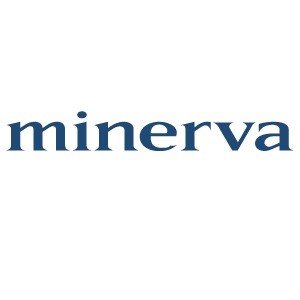The ROI of Professional Development
Yesterday, I had the pleasure of sharing the afternoon with a group of Staten Island based nonprofit leaders to discuss building teams with agility and abundance. We had fun with an interactive game using M&Ms to represent resources and shared ideas for keeping staff engaged. With the chronic staff shortage facing nonprofits nation-wide it is ever critical to increase employee retention and build team skills.
A growing body of research confirms that professional development isn’t just “nice to have”—it’s one of the smartest ways nonprofits can maximize return on investment, inspire loyalty, and grow the kind of talent pipeline that makes grant reviewers and community partners take notice. Skip the buzzwords; here’s what really moves the needle.
The ROI: Data and Reports
Forget gut feelings—let’s talk numbers. A recent workforce development ROI analysis found that for every $1 invested in staff training and development, nonprofits reported up to $5.20 in extra impact over just two years, factoring in increased earnings and improved service delivery. That’s nearly a six-fold return—enough to make a treasurer swoon and a development director dance a very quiet jig at their desk.
Additional reports highlight that:
Earning a professional certification (like CFRE or CNP) can lead to an average salary increase of $5,000 or more, which means your investment pays back in just a few months while also boosting confidence and credibility.
Nonprofits with formal professional development budgets have lower voluntary turnover, saving an estimated $10,000–$15,000 per avoided replacement, plus endless onboarding headaches.
Measuring ROI isn’t just about dollars. The Bridgespan Group suggests evaluating outcomes like leadership bench strength, improved fundraising performance, and greater staff engagement as key markers for return.
Top Tools for Nonprofit Talent Development
Nonprofits today have a buffet of resources at their disposal—all you need is some strategic snacking:
Learning Management Systems (LMS): Paradiso LMS and similar platforms help manage, deliver, and track online training modules at low or no cost. And of course the Association of Fundraising Professionals and institutions like the Fund Raising School at Indiana University’s Lilly Family School of Philanthropy.
Online Certification Programs: From CNP and CFRE credentials to sector-specific topics, affordable courses (often with nonprofit discounts!) are available via nonprofitsnapshot.org and Spark the Fire Grant Writing Classes.
Interactive Training and Scenario-Based Modules: These allow staff to develop real-world skills in areas from donor cultivation to program evaluation—great for remote teams and volunteers.
Impact Reporting Tools: Use systems like UpMetrics, Bloomerang, and BetterWorld.org to communicate the results of your investments transparently, keeping board members and donors excited about “where those dollars went”.
Humor with a Dose of Wisdom
Let’s face it: formal training won’t turn your whole team into TED speakers overnight (and no, webinars are not a substitute for caffeine). But every time you invest in a course, a certification, or a skill-building webinar, you’re making a bet—on your people, your mission, and a future with fewer panicked phone calls to IT about how to send a Mailchimp campaign
And if all else fails, remind folks: “Professional development pays for itself. The only thing that’s more expensive is staff turnover… unless you’re running a nonprofit bake sale, in which case turnover is what happens when you try to slice a pie before it cools.”
Real mission impact starts when people learn, grow, and stay. Skip the clichés, focus on the data, and treat development as the wisest investment you’ll make all year—besides the extra printer toner.
